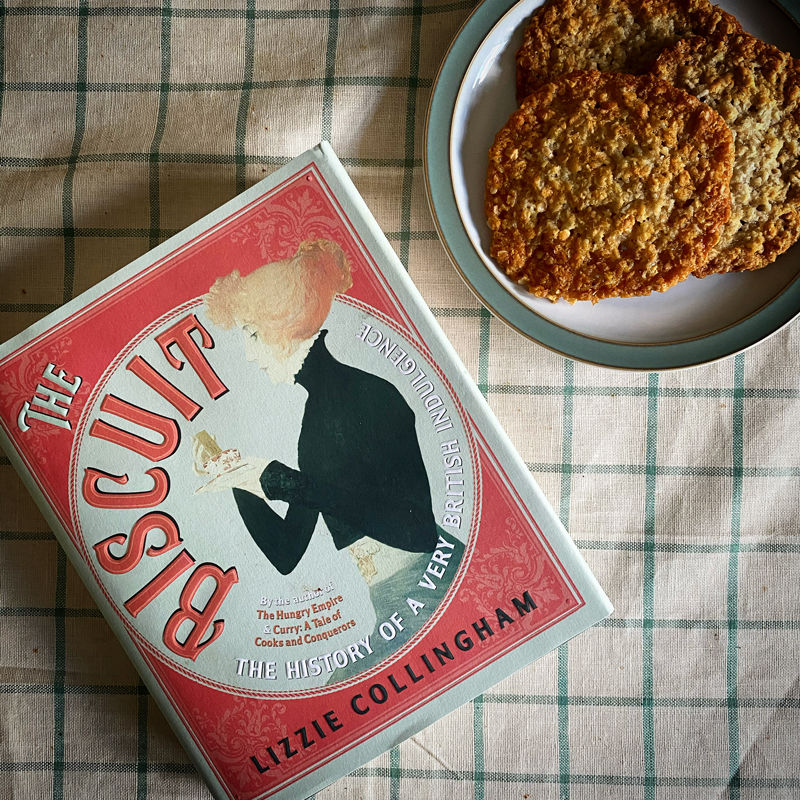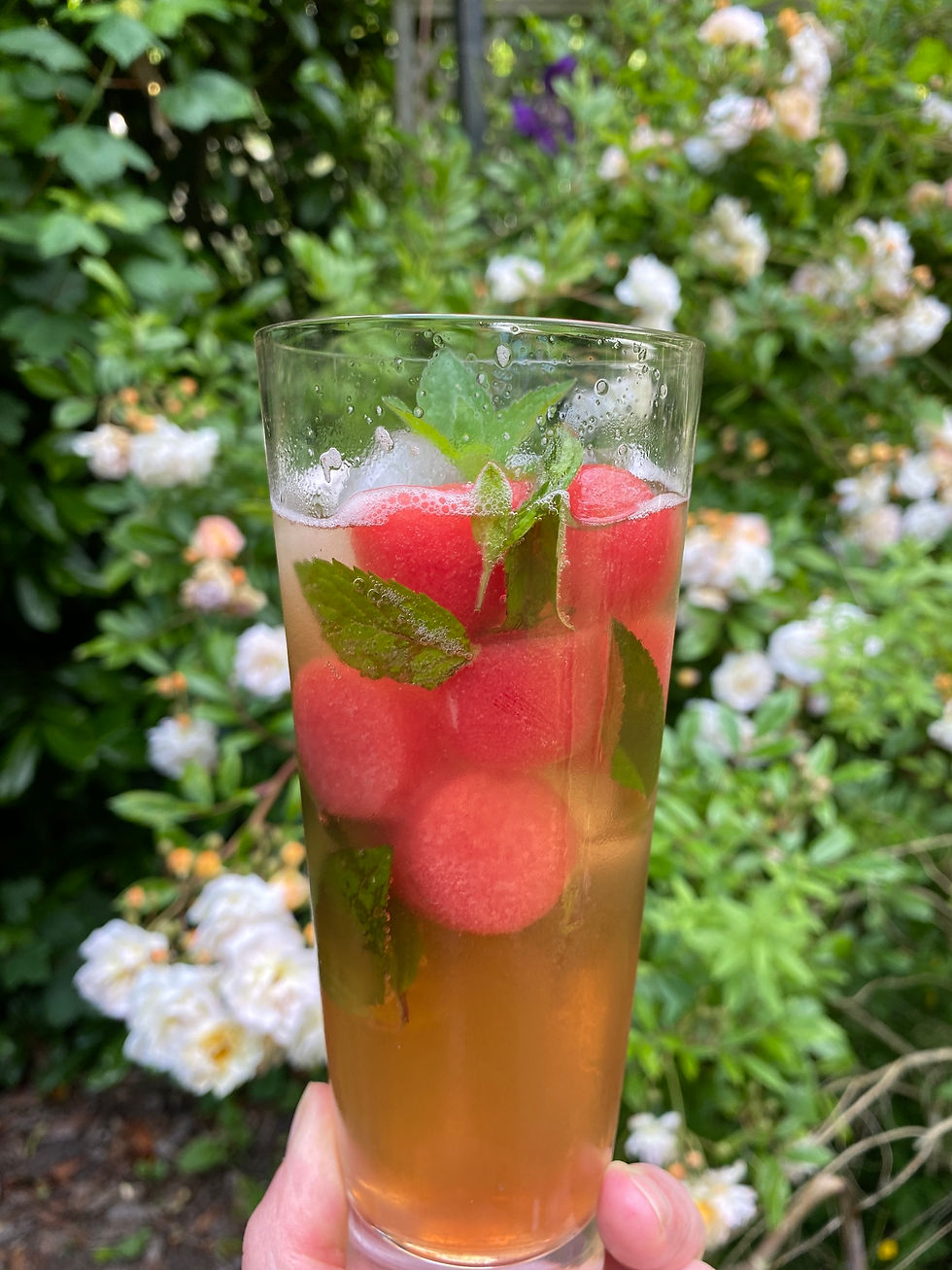The Biscuit by Lizzie Collingham
- sjfbilton
- Feb 5, 2021
- 2 min read

What is the essence of the book?
The Biscuit: The History of a Very British Indulgence frankly does what it says on the (biscuit) tin. It is a wonderful romp through the ancestral tree of this most popular snack from its original incarnations in the ancient world though to the commercial varieties now sequestered in our kitchen cupboards.
About the author
Lizzie Collingham is an award winning historian whose books include Curry: A Tale of Cooks and Conquerorsand The Hungry Empire: How Britain’s Quest for Food Shaped the Modern World.
Who will like it?
Let’s face it, many of us are looking for something a bit different to read during lockdown. If you like baking or just feel the need to go off piste from your usual literary fodder this could be just the ticket.
Who won’t like it?
It’s probably not for you if you’re more of an eater than a reader (or a cook for that matter) or are particularly wedded to works of fiction.
What do I like about the book?
Biscuits are now such a (dare I say it?) staple of the British diet it’s hard to imagine that some forms were despised while others were only accessible to the wealthy. Some of the most fascinating parts of this book cover the biscuit’s less palatable past like the rigid weevil infested Ship’s Biscuit consumed (and derided) by soldiers and sailors or the gruelling working conditions in the biscuit factories spawned by the Industrial Revolution. The chapters are interspersed with short sections on specific types of biscuit such as Wafers and Waffles or Gingerbread. Although I’m familiar with the old custom of sin-eating I’m not sure I had ever directly connected it with biscuits. In the section on Funeral Biscuits Collingham includes a wonderful anecdote about Samuel Pepys. The diarist was worried he would have insufficient biscuits to serve to the guests at his brother’s funeral when more people turned up than he had originally invited (and they were late to boot causing him further irritation). It is this level of detail that makes the book so endearing and a pleasure to digest.
Would I cook from it?
This is not a cookbook per se although it does contain a number of historical and modern recipes. I’ve already tried the Anzac biscuits and plan to give the Fig Rolls a go soon.



Comments